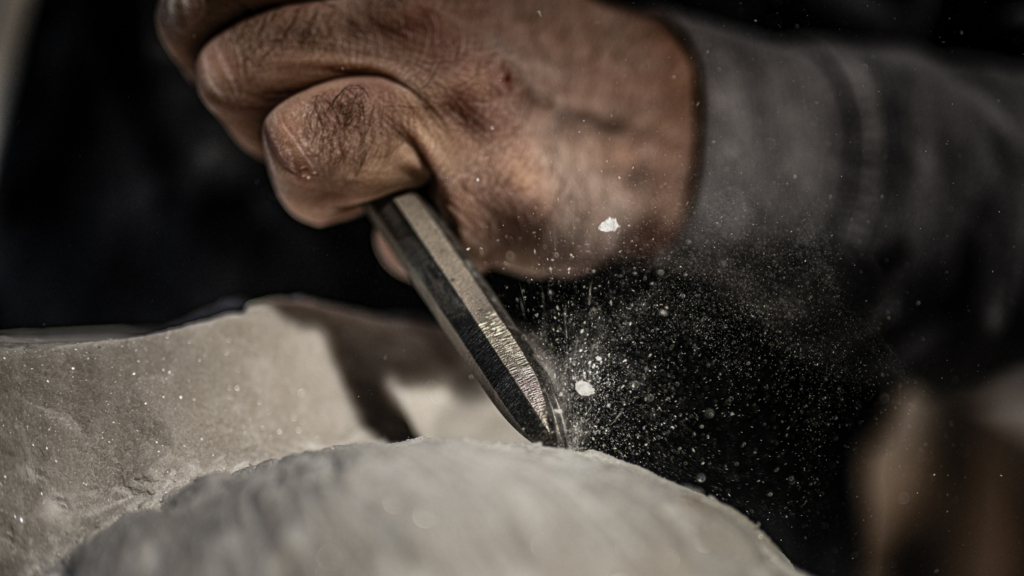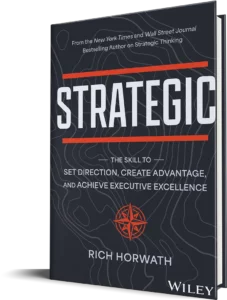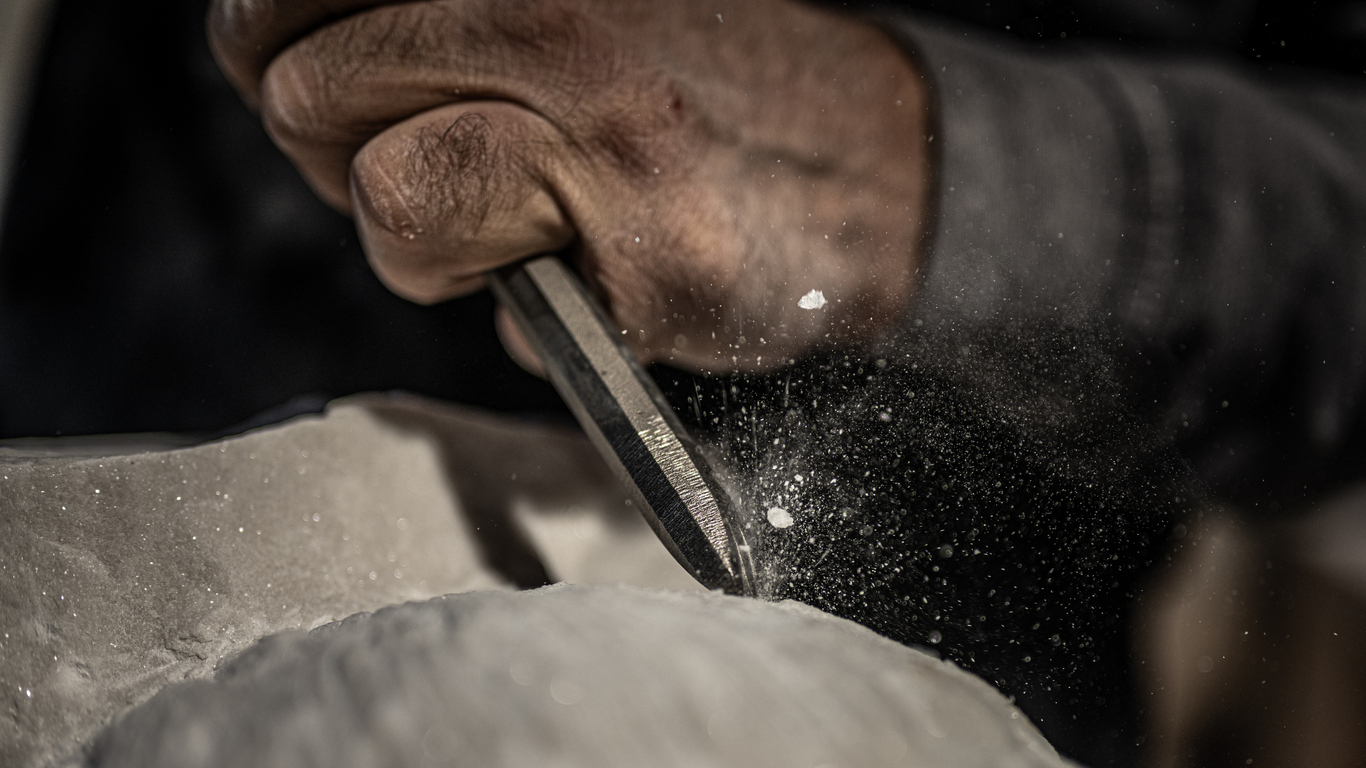What’s the Difference Between Strategic Thinking and Strategic Planning?
*Note: This article is an excerpt from my new book, STRATEGIC: The Skill to Set Direction, Create Advantage, and Achieve Executive Excellence.
Strategic thinking is the ability to generate insights that lead to advantage. Strategic planning is the channeling of those insights into an action plan that drives people’s activities. The strategic plan should clearly describe where the business is today, where it’s going, and how it’s going to get there. Inherent in that description: what you choose to do and equally important—what you choose not to do. Great strategy demands trade-offs, and trade-offs come from the ability to make decisions, and cut things off from your time, attention, and resources. As Money Magazine research noted: “The higher you go, the more valuable strategic thinking becomes. Both ‘strategy development’ and ‘business strategy’ are skills that set executives apart.”
Research I conducted with 400 talent management leaders demonstrates that 66 percent of organizations lack a coherent set of strategic thinking frameworks and 81 percent of managers say they do not have a consistent process for developing strategy. An effective method for strategy development includes regular conversations guided by strategic thinking frameworks. These frameworks are shaped by a concise strategy process that helps leaders take a consistent approach to setting strategic direction and ensures that they are thinking holistically about the business. With more than 150 strategic thinking tools to choose from, it’s important to select the few that are most relevant to your business so as to not overwhelm the team.
A few years back I was invited to Venice, Italy to lead a strategic thinking workshop for executives from western Europe. Following the workshop, I traveled to Florence, Italy and had the opportunity to visit the Accademia Gallery, home to perhaps the most famous of all sculptures, Michelangelo’s David. After taking in this awe-inspiring work of art, I walked back down the hall to view Michelangelo’s other sculptures, including the Four Prisoners. It was here that his unique approach to sculpting came shining through for me.

His approach involved the element of discovery. Whereas his counterparts would carve their figures into the stone, Michelangelo started with the belief that the figure was already in the stone before he touched it. His gift was to uncover the figure that lie waiting in the stone. Michelangelo’s works such as The Atlas demonstrate this approach, as the figure is only partially visible.The remainder lies embedded in the stone. His task was to uncover, or free the figure from the stone.
Using Business Acumen to Create a Strategic Plan
For thousands of years, strategists and sculptors have used similar techniques to create their works. Sculptors employ one of two techniques: modeling or carving. Modeling sculptors begin with an intense study of their subject and then mold soft materials such as clay or wax into specific shapes. Carving sculptors, on the other hand, create an art form by removing or chiseling material from a shapeless block of wood or stone, often without having a specific end result in mind.
The modeling technique of sculpture is analogous to the classical school of strategy development where intense analysis of the industry and competitive landscape is used to form the strategy. Similarly, the carving technique of sculpture is comparable to the evolutionary school of strategy development, where strategy emerges from the marketplace environment. Michelangelo’s sculpture and your business strategy share the common element of both starting out buried in their compositions. However, once intense analysis and the accompanying synthesis occur, they both begin to emerge with clarity and vision.
Michelangelo’s belief that the figure is embedded in the stone, requiring vision and skill to draw it forth, teaches us a valuable business premise: Your business strategy lies embedded in the form that encompasses your customers, competition, company offerings and marketplace opportunities. What is required of you is the strategic thinking necessary to free your strategy.
The process of developing strategy is quite similar to the process that a sculptor uses to navigate the process of creating a work of art. Therefore, we can describe the five phases of the best-of-breed strategy development process in concert with the five phases of sculpting.
1. Discovery: “Choosing the Tools”
A sculptor begins the process by selecting the material to work with (clay, marble, metal) and the appropriate tools (hammer, chisel, knives) with which to work. Similarly, the discovery phase of strategy development involves the selection of the people, process, and information to be used.
The discovery phase of the strategy development process entails designating the team, outlining the process being used, and dissemination of pre-work. The pre-work involves intelligence gathering on the market, customers, competitors, and the organization. Specific tasks include primary research with customers and employees in the form of one-to-one interviews, focus groups, and the Strategy Survey. The Strategy Survey stimulates your leadership team to think deeply about what’s shaping their business from a market, customer, competitor, and company perspective.
2. Strategic Thinking: “Playing in Space”
Once a sculptor has chosen the tools, she begins working ideas out in space by creating a maquette, or small 3-D model of the intended work. The strategic thinking phase provides the forum for the group to begin generating and capturing their business insights in model format.
The strategic thinking sessions, conducted with the strategy development team, are designed to generate new insights through a methodical and comprehensive examination of the four key areas of the business: market, customers, competitors, and company. In examining these areas, often times the primary challenges identified can act as the seeds of strategy. The main reason so many strategic plans collect dust and are not actively used to drive daily activities is because they don’t contain any new thinking on current challenges. The lack of insights in a plan is often due to the management team’s failure to invest time in high-level strategy conversations guided by a thoughtful process.
3. Strategic Planning: “Building the Framework”
After creating the miniature 3-D model, the sculptor working in clay creates a skeletal structure or wire frame, known as an armature, to serve as the foundation of the sculpture. The strategic planning phase acts in the same manner, creating the framework for the strategy and all of its elements.
The strategic planning phase transforms the insights generated from strategic thinking into the strategic action plan that achieves the organization’s goals and objectives and includes the appropriate timelines and budgets. The key is that the deliverable is a concise 1-3 page map or blueprint for the business.
4. Strategy Rollout: “Sculpting the Masterpiece”
Once the framework has been developed, the artist sculpts the figure, adding and taking away material as necessary. In the same way, the strategy rollout phase transforms the strategic plan into the activities and offerings that move the business forward.
The strategy rollout phase ensures that the key elements of the strategic action plan are clearly communicated throughout the organization and that an implementation plan is in place. It’s helpful to assign champions for your strategies to maintain their momentum, calibration, and execution throughout the year.
5. Strategy Tune-up: “Polishing the Form”
Once the sculptor finishes the work, she must ensure that adjustments, such as proper lighting, and maintenance activities, including cleaning and polishing, are performed on a regular basis to keep the sculpture in its best form. Similarly, the strategy tune-up phase serves to keep the strategy in an evergreen state.
Comprised of a half- to full-day session on a quarterly basis, the strategy tune-up consists of periodic formal reviews of the business by the strategy development team to hone their work. The team methodically reviews the four key areas of the business—market, customers, competitors, and company—to identify changes and make any necessary adjustments to strategy and tactics.
Great strategy, like great works of art, requires vision, creativity, and hard work. Are you and your team bringing each of these elements to your business? If not, your success may stay buried in mounds of irrelevant activities, like the figure in The Atlas struggling to free his potential. Successfully generating insights from these regular strategy conversations are the springboard for your strategic plan. Hope is not a strategy, but a process of thinking and planning will create one.
Learn more and order your copy of STRATEGIC: The Skill to Set Direction, Create Advantage, and Achieve Executive Excellence today at www.Strategic-Book.com

